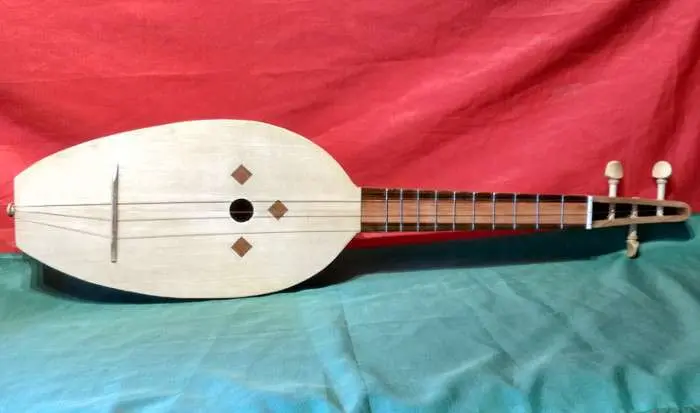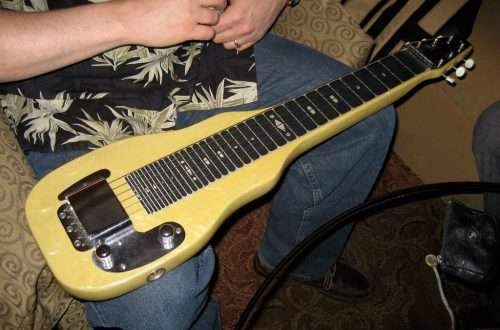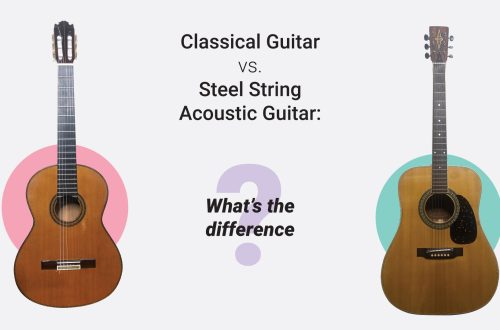
Panduri: tool description, composition, history, settings, use
There are many folk musical instruments that are little known outside of a particular country. One of these is panduri. An unusual name, an interesting appearance – all this characterizes this Georgian instrument.
What is panduri
Panduri is a three-string lute-like plucked musical instrument common in the eastern part of Georgia.
The Georgian lute is used both for solo performance and as an accompaniment to laudatory poems about heroes, folk songs. It reveals the mentality of the people of Georgia, life, traditions, breadth of soul.
There is a plucked musical instrument similar to panduri – chonguri. While superficially similar, these two instruments have different musical characteristics.
Устройство
The body, neck, head are made from a whole tree, which is cut down on a full moon. The whole instrument is made from the same material, sometimes they prefer to make a soundboard from spruce, pine. Additional parts are a yoke, a bracket, rivets, a loop, a boat.
The hulls come in different shapes depending on the terrain: they can be paddle-shaped or pear-shaped oval. The holes on the top deck are different: round, oval. The head is in the form of a spiral or rejected back. It has four holes. One is designed to hang the panduri on the wall with a strap, the other four are for rivets. The strings have a diatonic range.
History
Panduri has always been a symbol of positive emotions. If a misfortune happened in the family, it was hidden. Melodies were played on it when they worked, as well as during rest. It was an irreplaceable thing during rituals and ceremonies. Music performed by local residents was a reflection of feelings, thoughts, moods. They respected people who knew how to play it, holidays were not held without them. Today it is a heritage, without which it is impossible to imagine the traditions of the country.
Setting cops
Set up as follows (EC# A):
- The first string is “Mi”.
- The second – “Do #”, clamped on the third fret, sounds in unison with the first string.
- The third – “La” on the fourth fret sounds in unison with the second string, on the seventh fret – the first.
https://youtu.be/7tOXoD1a1v0





